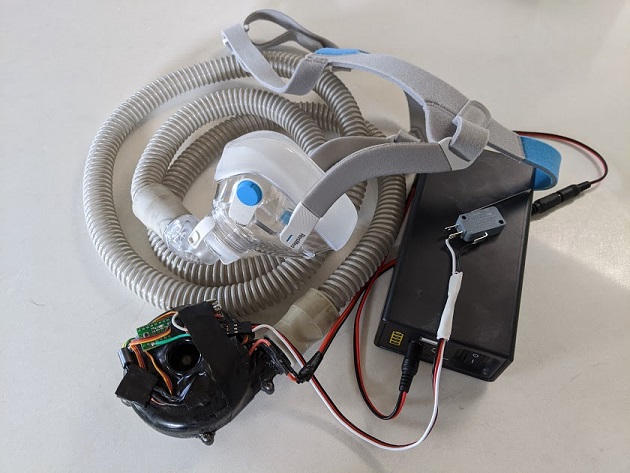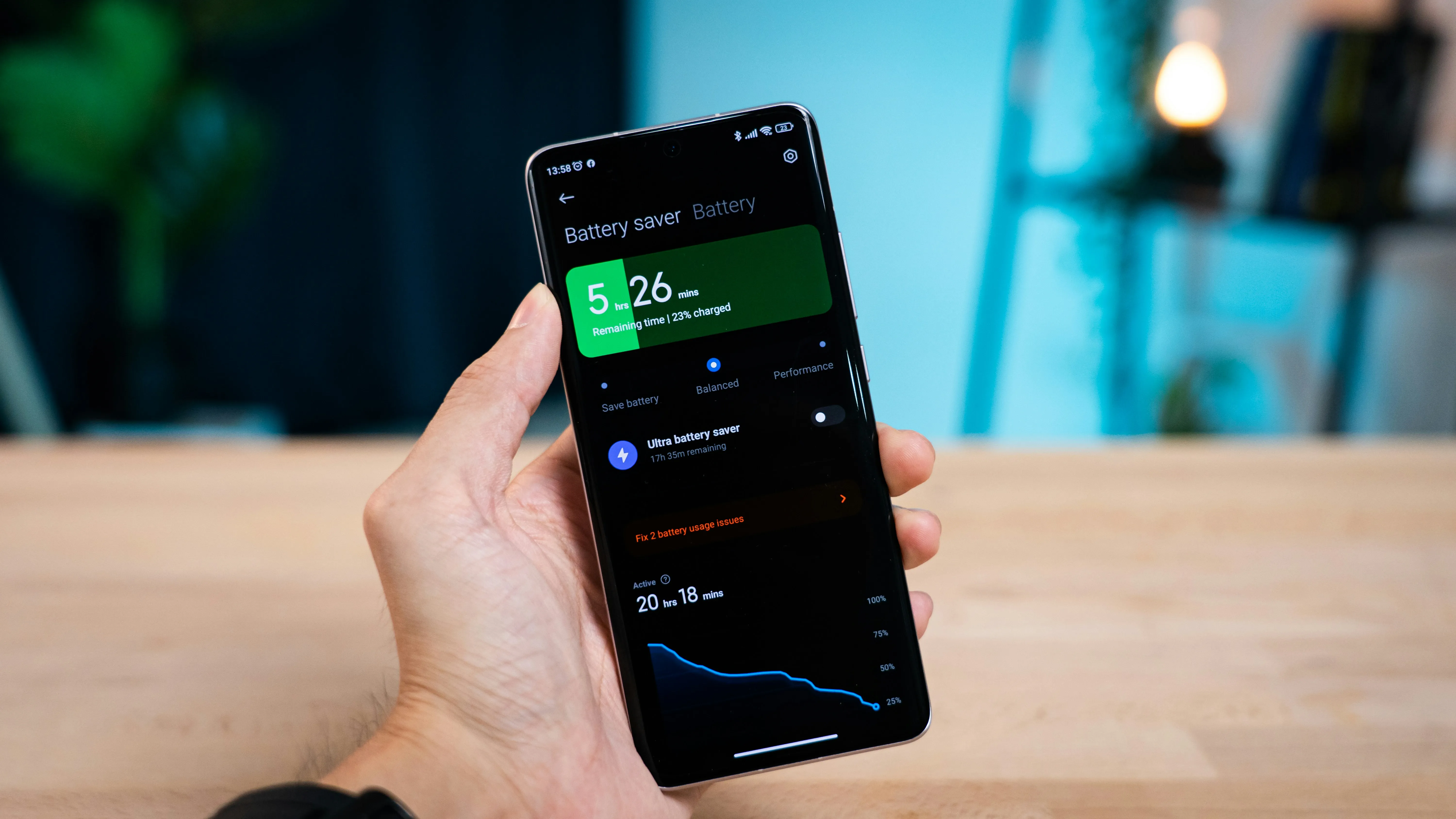With the nation facing a shortage of ventilators for COVID-19 patients and no apparent ramp-up in the production of new ones, engineers, medical resistents, and do-it-yourselfers are sharing plans for homemade versions.
But before you go online to start ordering parts for any of these, be aware that none of them are recommended by doctors anywhere for at-home use. Any attempt to build and use a DIY ventilator can cause more harm than good, so we urge you to use the projects below as educational material only. If you're a medical professional, there is at least one approach below that you can attempt right now to double-up patients on one ventilator, which should only be used in emergencies.
When it comes to ventilators, there are two main types: invasive and non-invasive. The invasive types require medical instruments inside of a patient's trachea, which pretty much means an endotracheal tube inserted from the mouth or a tracheostomy tube through the neck. Non-invasive ones do not require any intubation and use a tight-fitted mask. Think CPAP, only instead of constant air pressure being delivered, it's differing air pressure based on the inhales and exhales of the patient.
While some of the projects below apply to real ventilators or attempt to mimic mechanical ventilation systems, one is a respirator, which is designed to prevent inhalation of noxious substances. So it won't help pump oxygen into the lungs and remove carbon dioxide as a genuine ventilator would. And using any DIY ventilators would be fairly dangerous overall without hospital or regulatory approval, something that is unlikely to happen for any small-scale DIY medical equipment.
1. Dr. Charlene Babcock's Ventilator Hack
Perhaps the most legit option would be to use a single ventilator (a real one, not a DIY one) to treat two to four patients at the same time. Doctors Greg Neyman and Charlene Babcock wrote up a paper called "A Single Ventilator for Multiple Simulated Patients to Meet Disaster Surge," which outlines how to do it. And you can watch Dr. Babcock give a walkthrough of the procedure in the video below.
2. Julian Botta's Open-Source Mechanical Ventilator
Julian Botta is a third-year medical resident at John Hopkins University put together a living document titled "Specifications for simple open source mechanical ventilator." In it, it talks about all of the different parts required to create a ventilator to treat patients COVID-19 symptoms caused by the new coronavirus.
It's complete with feedback monitoring and warning sensors for malfunctions or wrong amounts of oxygen flow. The electronics could be put together using Arduino-based projects like the Raspberry Pi. But what it doesn't outline is any humidification, which "is necessary to prevent hypothermia, disruption of the airway epithelium, bronchospasm, atelectasis, and airway obstruction," according to a paper published in Respiratory Care.
3. Johnny Lee's Low-Cost NIV or PAPR
Johnny Chung Lee is well known in the engineering space, famous for turning a Wii Remote into a head-tracking system, which led Microsoft to hire him to work on the Microsoft Kinect. He then worked for Google on its Project Tango augmented reality project. In light of the COVID-19 virus outbreak, he shared plans on GitHub for a "Low-Cost Open-Source Ventilator-ish Device," as well as a powered air-purifying respirator.
In the event that COVID-19 hospitalizations exhaust the availability of FDA approved ventilators. [The] project documents the process of converting a low-cost CPAP (Continuous Positive Airway Pressure) blower into either a rudimentary non-invasive ventilator that could help with breathing during respiratory distress. It also provides information, using the same parts, to create a low-cost powered air purifying respirator (PAPR) which is a valuable piece of personal protective [equipment] (PPE) that could protect caregivers. Unless you are able to participate in the detailed engineering and medical discussions regarding mitigating the risks of high pressure ventilation, I would highly recommend focusing on the PAPR version of this build.
Like Botta's ideas above, it does not mention anything about humidification.
4. Panvent's The Pandemic Ventilators
An old project on Instructables by member panvent (which stands for "pandemic ventilator") outlines a build for a DIY ventilator, which "could be useful in an Avian Flu pandemic" and is "constructed with commonly available components." It's also a humidifier-less project. Panvent used to be a dialysis tech but now engineers, designs, builds, and tests new dialysis technology.
A year later, he built another, more-advanced ventilator.
And he's currently working on another version in light of SARS-CoV-2. You can find out more on his blog or at Helpful Engineering.
5. Al-Husseini's Low-Cost Portable Mechanical Ventilator
In 2010, Abdul Mohsen Al Husseini, when at the Massachusetts Institute of Technology, Department of Mechanical Engineering, wrote a paper called "Design and Prototyping of a Low-cost Portable Mechanical Ventilator." It "describes the design and prototyping of a low-cost portable mechanical ventilator for use in mass casualty cases and resource-poor environments." While an old project, it's definitely inspirational and something to study when engineering one specifically to fill the COVID-19 ventilator shortage.



























Comments
Be the first, drop a comment!